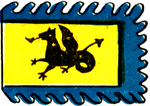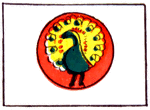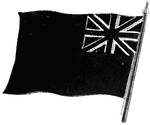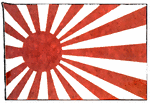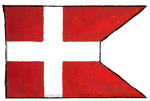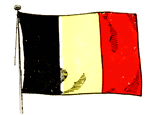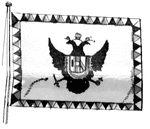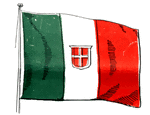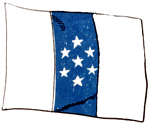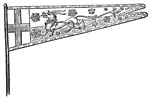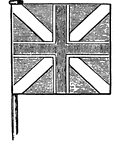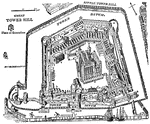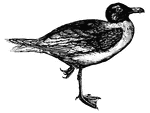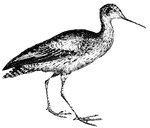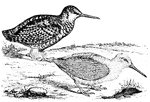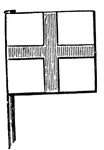
England, St. George's Banner
England, St. George's Banner. St. George is the patron saint of England.

Scotland, St. Andrew's Banner
Scotland, St. Andrew's Banner. St. Andrew is the patron saint of Scotland.
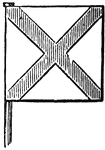
Ireland, St. Patrick's Banner
Ireland, St. Patrick's Banner. St. Patrick is the patron saint of Ireland.
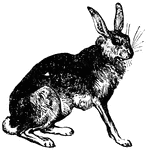
Hare
Hares are larger than rabbits, with longer ears and hind legs. They live above ground in nests. Hares…

Six-banded armadillo
Armadillos live on carrion, insects and fruit. They are all small, except for the Gigantic armadillo…

Sloth
The sloth differs from all other arboreal four-legged mammals in its manner of climbing. It always has…

Ibex
Sure-footed hooved mammals found in mountainous areas. Males have heavily ridged horns that curve up…

Heron
Herons are found on the edges of rivers, lakes and marshes and live on fishes, reptiles and sometimes…

Tiger Beetles
Beetles form a large group of insects that number over 300,000 species. They all have hard wings which…

Caterpillar Hunter Beetles
Beetles form a large group of insects that number over 300,000 species. They all have hard wings which…
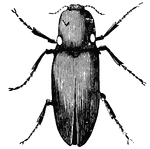
Lightning Spring Beetles
Beetles form a large group of insects that number over 300,000 species. They all have hard wings which…

Weevil
Beetles form a large group of insects that number over 300,000 species. They all have hard wings which…
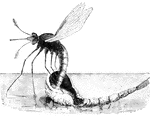
Mosquito
When the common mosquito is first hatched in the water it is called a wriggler. After developing to…
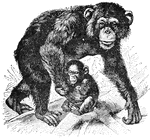
Chimpanzee
Monkey, a word loosely applied to apes, baboons, Old and New World monkeys, marmosets and lemurs.
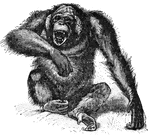
Orangutan
"Monkey, a word loosely applied to apes, baboons, Old and New World monkeys, marmosets and lemurs."—…

Red Ape
Monkey, a word loosely applied to apes, baboons, Old and New World monkeys, marmosets and lemurs.
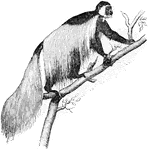
Colobus Monkey
Monkey, a word loosely applied to apes, baboons, Old and New World monkeys, marmosets and lemurs.

Hanaman Monkey
Monkey, a word loosely applied to apes, baboons, Old and New World monkeys, marmosets and lemurs.

Capuchin Monkey
Monkey, a word loosely applied to apes, baboons, Old and New World monkeys, marmosets and lemurs.

Baboon
Monkey, a word loosely applied to apes, baboons, Old and New World monkeys, marmosets and lemurs.
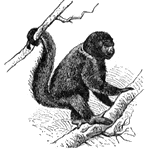
Wooly Monkey
Monkey, a word loosely applied to apes, baboons, Old and New World monkeys, marmosets and lemurs.

Spider Monkey
Monkey, a word loosely applied to apes, baboons, Old and New World monkeys, marmosets and lemurs.
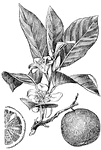
Orange
Orange. All the species of the genus are natives of tropical and subtropical Asia, but are now extensively…

Surinam toad
This toad is oviparous. She lays eggs, and the male piles them upon her back where they develop inside…

Salamander
In the land salamander, the body is black and warty with long irregular yellow spots distributed over…

Iguana
Iguanas are characterized by a very large thin dew lap under the neck, a double row of small palatal…
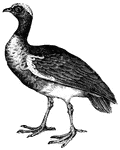
Screamer
Screamers live near moist marshy locations or sandy streams. They do not swim, but walk along the vegetation…

Screamer
Screamers live near moist marshy locations or sandy streams. They do not swim, but walk along the vegetation…
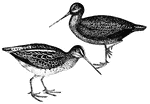
Snipe
The snipe does not live so solitary a life as the Woodcock; it is occasionally seen in flocks.

Heron
Herons are found on the edges of rivers, lakes and marshes and live on fishes, reptiles and sometimes…
